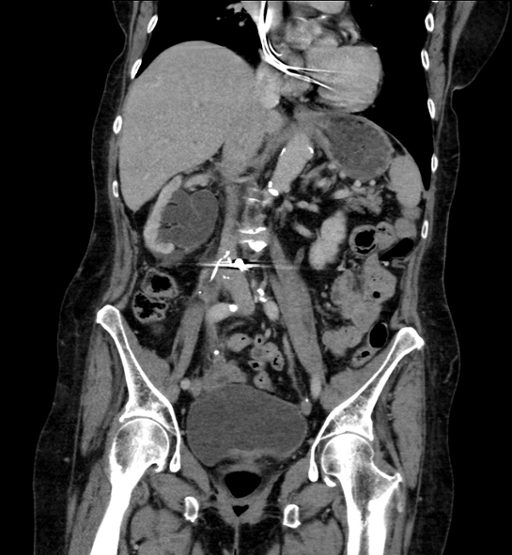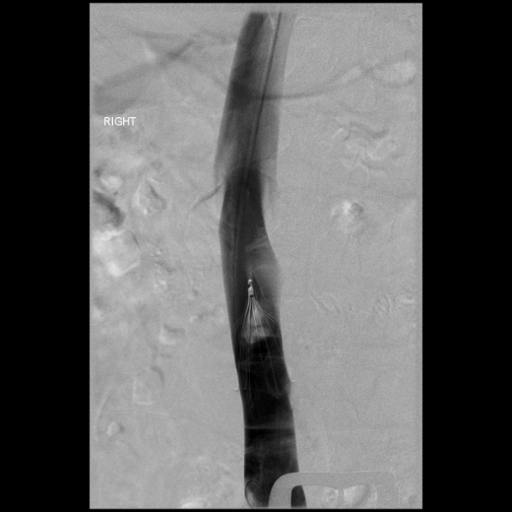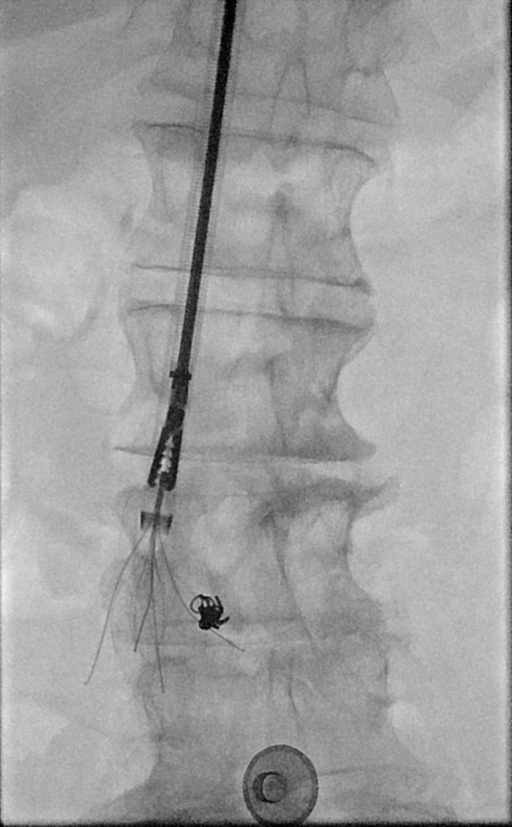
University of Utah Inferior Vena Cava (IVC) Filter Removal Service
IVC Filters Can Cause Serious Complications
Inferior vena cava (IVC) filters are widely used in patients who cannot take blood thinners. The IVC is the largest vein in the body, running from the legs to the chest. IVC filters keep blood clots from traveling from the legs to the lungs. IVC filters are a good option for some patients, such as those with mobile clot or those with other serious risks.
Most filters should be removed within a few months, after a physician determines that the risk of clots traveling to the lungs is sufficiently low. Unfortunately, only about 30 percent of all filters are ever removed. This may be due to patients not having appropriate follow-up or because removing a filter can be difficult.
Yet filters left in place can cause multiple issues, including:
- Part of the filter penetrating the IVC and going into nearby organs (like the bowel).
- The filter breaking and/or possibly moving to the heart and lungs.
- The filter might cause clotting and blockage of the IVC.
See some examples of complications that can happen if your filter isn’t removed.
At the University of Utah, we perform approximately 50 advanced filter removals a year. Our dedicated IVC filter removal team will evaluate a patient’s medical history and relevant images. If a patient should have the filter removed, we perform this procedure as a team.
Services
For Providers: Consultation Service
For providers or hospitals outside of the University of Utah system, if you would like our team’s opinion on removing a patient’s IVC filter, please use our consultation form and we will respond within 48 hours. We are happy to remove your patient’s filter if needed.
For Patients: Filter Removal Services
If you are a patient who has had a filter for some time and would like our opinion and help in removing it, please fill out our form and we will respond within 48 hours.
Thank you for your interest. Our goal is to keep our entire community healthy and free of complications from unremoved filters.
Providers
Inferior Vena Cava Complications

1. This image shows an IVC filter whose legs (the small bright spots) have penetrated the small intestine.

2. This patient encountered an uncommon but serious problem. As shown in the area with the horizontal streak, part of this IVC filter penetrated the psoas muscle, a muscle in the abdomen that connects the top of the leg bone (femur) to the spine. This caused inflammation that blocked the right kidney. The patient became septic (an infection spread throughout the body) and needed to have the kidney drained.
Our team successfully removed the filter and the patient fully recovered.

3. This patient had a long-standing IVC filter with legs penetrating the wall of the vein. These reveal that one of the legs of the filter extended into the vertebral column (spine).

4. Here is an example of a clot caught in a filter. After finding the clot, our team adjusted the patient’s anticoagulation medicine, the clot dissolved, and we removed the filter.

5. One of the advanced tools we use is called bronchial forceps. In this case, the filter leg was embedded into a spinal disc. We needed the bronchial forceps to remove the filter.

6. The sling technique is another method we commonly use when standard techniques fail. A wire is threaded through the IVC and under the body of the filter and back towards the direction it came, forming a “sling.” This allows for more leverage in pulling the filter out.
Interested in finding out more? Call 801-581-7553 or
Request a Consultation